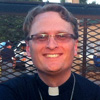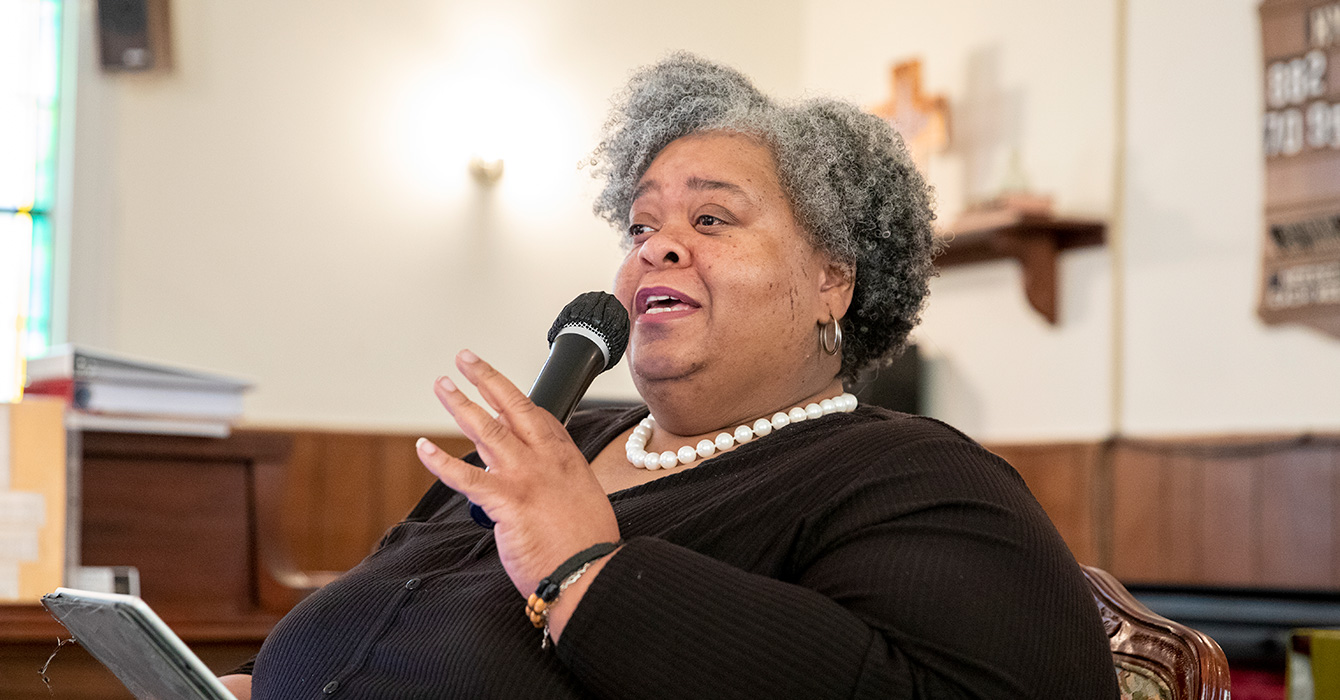It’s a clear morning in the Bluegrass Region of Kentucky. Mist is rising over the rolling hills and limestone fences. Horses graze on the dewy grass, briefly raising their heads as I drive down the narrow blacktop road.
No matter how long I live here, I give thanks each day for the stunning natural beauty that surrounds me.
Today I’m doubly blessed, because my destination lies two hours east. I’ll drive from the hills of the Bluegrass into the valleys and green mountains of Appalachia.
On the way, I’ll cross 500-million-year-old river gorges, swing around hairpin mountain turns, race down steep inclines and creep back up behind loaded logging trucks.
I’m a bivocational priest, and my work takes me all over the eastern half of Kentucky.
When my family and I came here in 2011, we had no idea what to expect. We were from the Midwest and were used to big skies, open landscapes and churches large enough to support full-time ministers.
What we found here was lush country, loving, welcoming people, and a network of small, vital but struggling congregations.
The church that called us -- St. Philip’s Episcopal Church in Harrodsburg -- was typical. Yes, they could pay a small salary plus benefits, but only for two years. They had a little money in the bank, but the congregation was aging, membership was declining, and unless something radical happened, the situation was unsustainable.
Something radical did happen. In four years, we’ve gone from about 30 people on a Sunday to about 70. We’ve doubled the size of the congregation, and we’ve doubled the amount of energy, passion and tangible resources.
This took a lot of prayer, a generous measure of God’s grace (that indefinable working of the Spirit that makes the unimaginable into reality), a lot of community outreach (“Yes, we’re here and we genuinely care about you -- you should check us out!”) and a church that actually wants to grow.
Many congregations say they want to grow, but growth involves a lot of change, and that can make people so nervous that they give up.
When I first arrived here and mentioned the church, people would say, “That place? I thought it was an old, empty building.” Now they often say, “St. Philip’s? Yeah, I’ve heard about it. There’s a lot of great stuff going on there!”
I’m excited about this, but beyond that, I’m excited to see similar potential lying all across eastern Kentucky. Our story is not the only one.
Two years ago (in the middle of all the work at St. Philip’s), my bishop approached me about taking a temporary job on his staff.
Our diocese has a network of about a dozen churches like St. Philip’s, and since 2008, we have administered a program to bring these congregations and their leaders together for intensive, ongoing training, mentoring and resource sharing. The bishop asked me to be interim director.
This gave me the opportunity to step outside my church’s doors and see what was happening in other congregations. I visited churches and met with the strong, dedicated leaders (lay and ordained) who were doing God’s work in their communities every day.
I worked with seminaries to recruit graduates to serve churches with vacant pulpits. Above all, I was filled with joy by the possibilities: what was happening at St. Philip’s had the potential to happen in other churches and communities as well.
The Spirit was (is) active and alive across our area!
Eventually, the interim position ended, and when it did, my bishop asked me to become the finance assistant for our diocese’s camp and conference center. Situated on some 800 acres of beautiful forestland in Appalachia, the year-round facility has been in operation for more than a century.
Today, the challenges facing it mirror the challenges facing our churches: how to be relevant in a rapidly changing world and how to be fiscally solvent in a time of limited resources.
The camp has done a wonderful job of nurturing children and youth and helping them connect with God in stunningly beautiful nature.
But today we are called both to continue this work and to go beyond -- to turn the camp outward and engage with the surrounding community, to listen to what God is doing on the mountain and engage with it.
We’ve just begun this work, and there is a lot to do. Sometimes it seems overwhelming. But in the midst of all our activity, there are clear indicators that God is at work, and constant reminders to do what can be done and allow God to do the rest. We don’t have to be the solution, just to participate in it.
My travels around eastern Kentucky in my roles of priest and finance assistant show me that the church, as always, is experiencing significant change.
But those travels also clearly show me that the church is consciously cultivating a wonderful capacity to listen, tremendous flexibility and solid resiliency.
Whether large or small, congregations and institutions are hearing the new call of the Spirit, listening to their neighbors and engaging in today’s work. A quiet but powerful renaissance (or revival, as some of my colleagues would say) is happening. It’s my joy to be in the midst of it!









